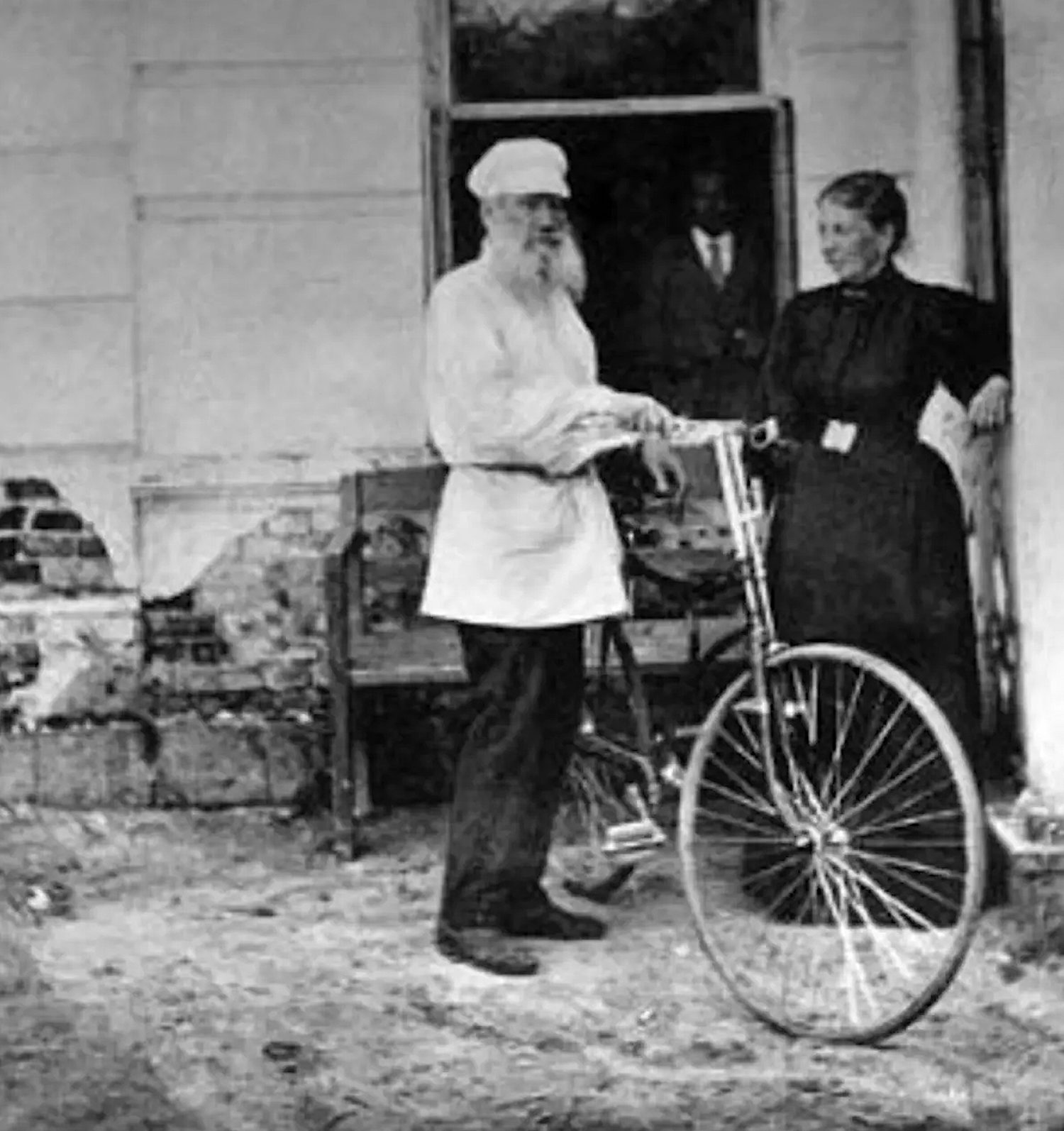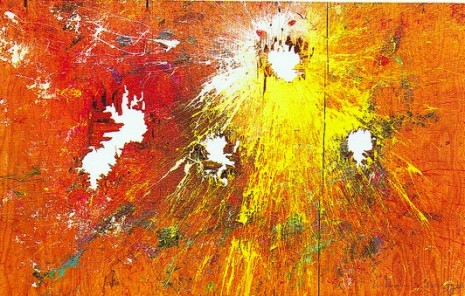Although her own works are seldom read, Gertrude Stein cast an imposing shadow over the evolution of 20th century literature. Like other high modernists, she broke from tradition to experiment with new forms, but whereas her rival James Joyce’s writing became more dense and complex over time, Stein’s became abstract and simple. Like Paul Cézanne and other modern painters, Stein sought to transcend representation and reveal an underlying structure in the perceptual world. Her nonlinear prose and poetry are like paintings, frozen in what she called a “continuous present.” As Jonathan Levin writes in the Barnes & Noble Classics edition of Stein’s Three Lives:
Stein clearly takes pleasure in words, almost in a way that a seven-year-old might, endlessly repeating a word, and variously inflecting it, to the point that it is effectively emptied of all meaning. Relying mostly on simple, often monosyllabic words, Stein wields language much as the modern painters she admired and collected were wielding paint, suggesting form through a radically simplified use of line and color.…By combining and repeating such simple words and phrases, Stein helped reinvent the English language for the twentieth century. Much as Paul Cézanne, Henri Matisse, and Pablo Picasso helped people understand how the eye constructs its field of vision, so Stein helped readers understand how words construct a field of meaning.
But most readers find Stein tedious and unintelligible. As Edmund Wilson writes in Axel’s Castle: A Study in the imaginative Literature of 1870–1930, “Most of us balk at her soporific rigmaroles, her echolaliac incantations, her half-witted-sounding catalogues of numbers; most of us read her less and less. Yet, remembering especially her early work, we are still always aware of her presence in the background of contemporary literature.”
Among the writers who knew Stein and were influenced by her was Ernest Hemingway. Echoes of Stein’s rhythms and repetitions can be sensed in some of Hemingway’s prose. In his postumously published memoir, A Moveable Feast, Hemingway offers his own frank assessment of Stein and the nature of her influence:
She had such a personality that when she wished to win anyone over to her side she would not be resisted, and critics who met her and saw her pictures took on trust writing of hers that they could not understand because of their enthusiasm for her as a person, and because of their confidence in her judgement. She had also discovered many truths about rhythms and the uses of words in repetition that were valid and valuable and she talked well about them.
For a sense of Stein’s experimental style you can listen above as she recites “If I Told Him: A Completed Portrait of Picasso,” a poem Stein wrote in the summer of 1923 while visiting her friend Pablo Picasso on the French Riviera. (To read along as you listen, click here to open the text in a new window.) The recording was made in New York during the winter of 1934–35, when Stein was promoting her popular but less experimental book The Autobiography of Alice B. Toklas. Encountering Stein today, we can still feel the same annoyed bewilderment that her first readers felt. “Perhaps,” writes Levin, “this is because language, unlike paint, does not simply become ‘beautiful’ once a style is widely accepted. In any event, we might consider ourselves fortunate to be able still to feel what is shocking and irritating in modern writing. It reminds us that we are in the presence of something that still feels genuinely new and different.”
To hear more of Stein reciting, and to hear a rare recorded interview of her from 1934, visit the archive at PennSound. And to read several of Stein’s works, please visit our collection of 375 Free eBooks.




